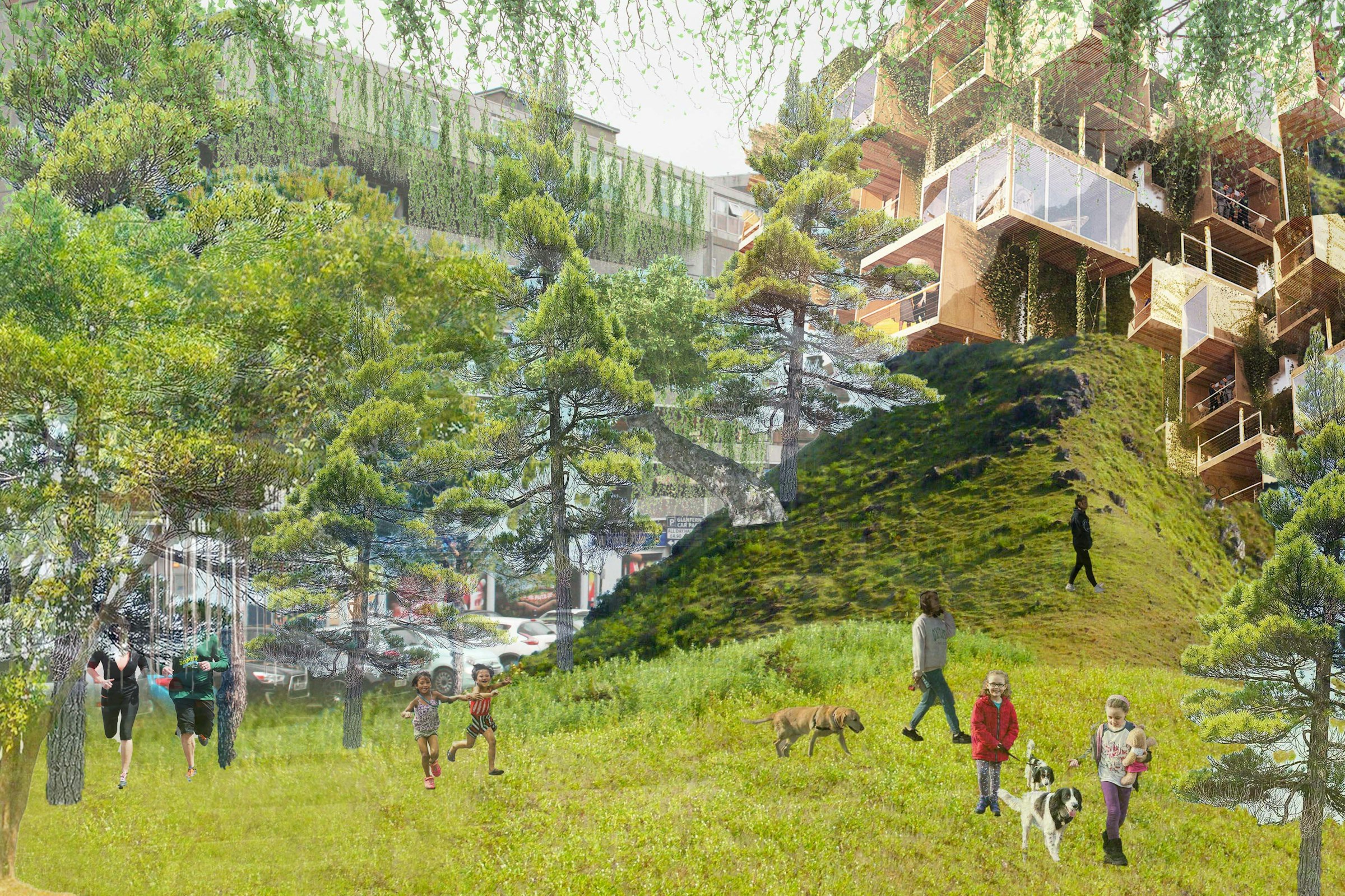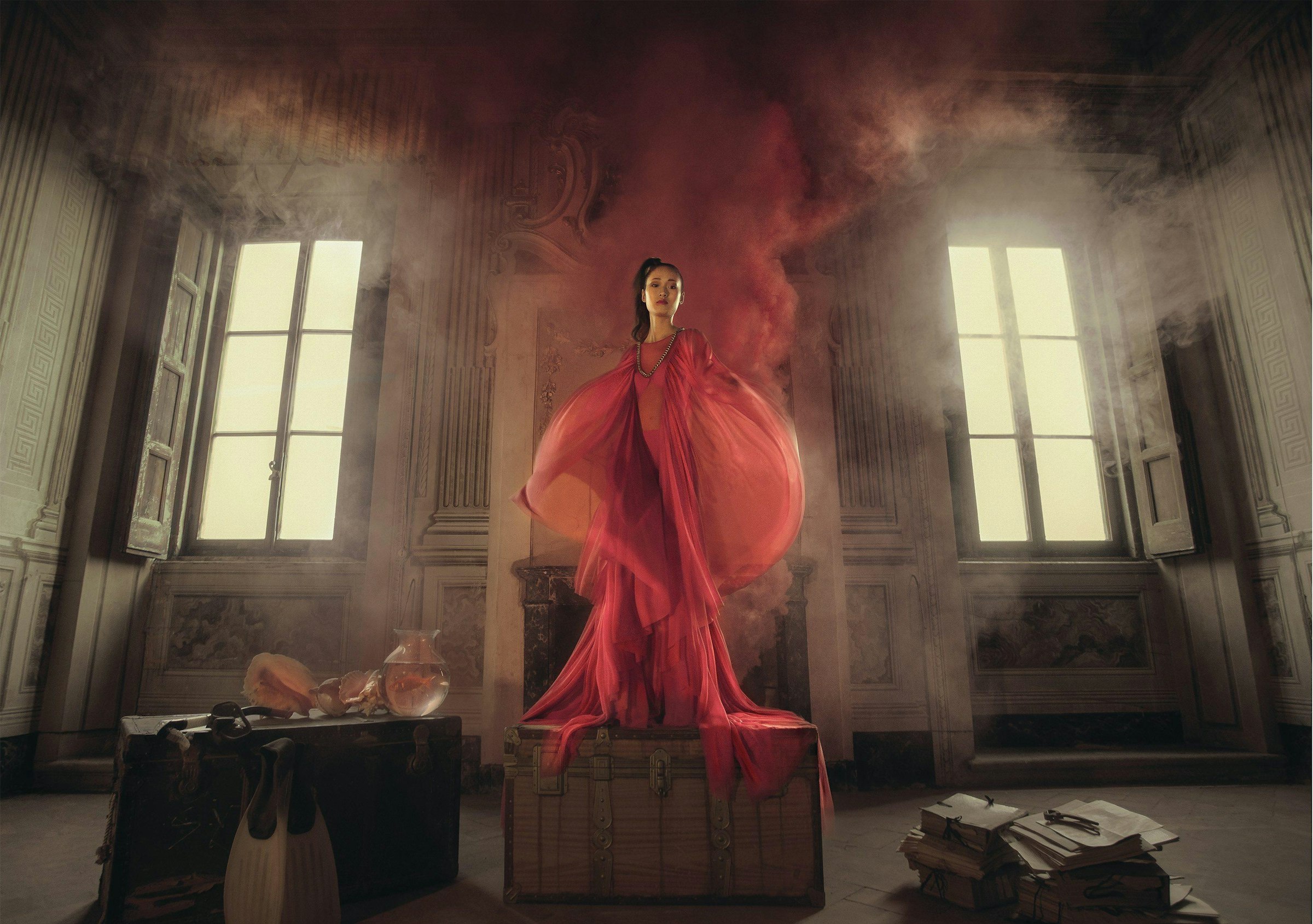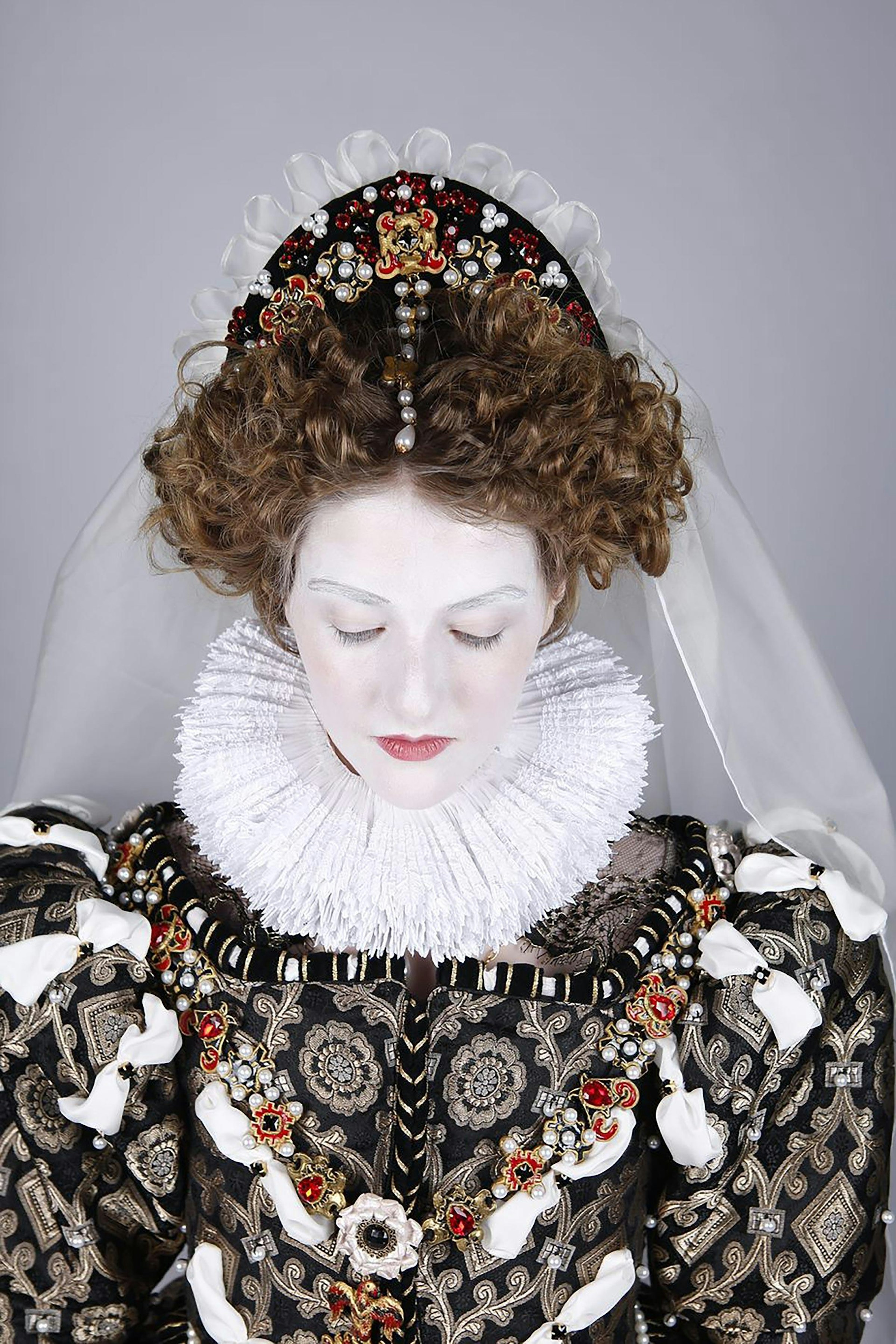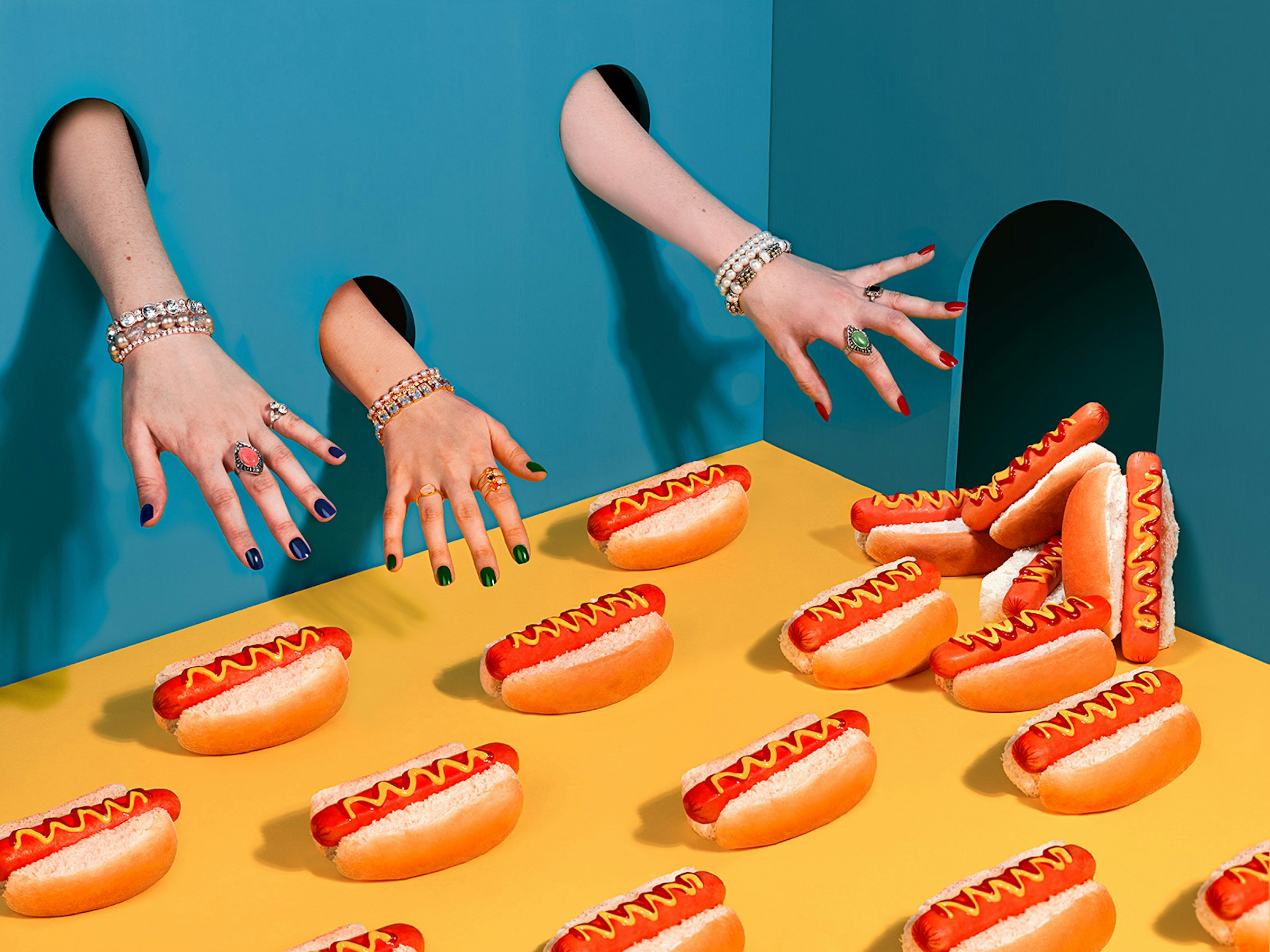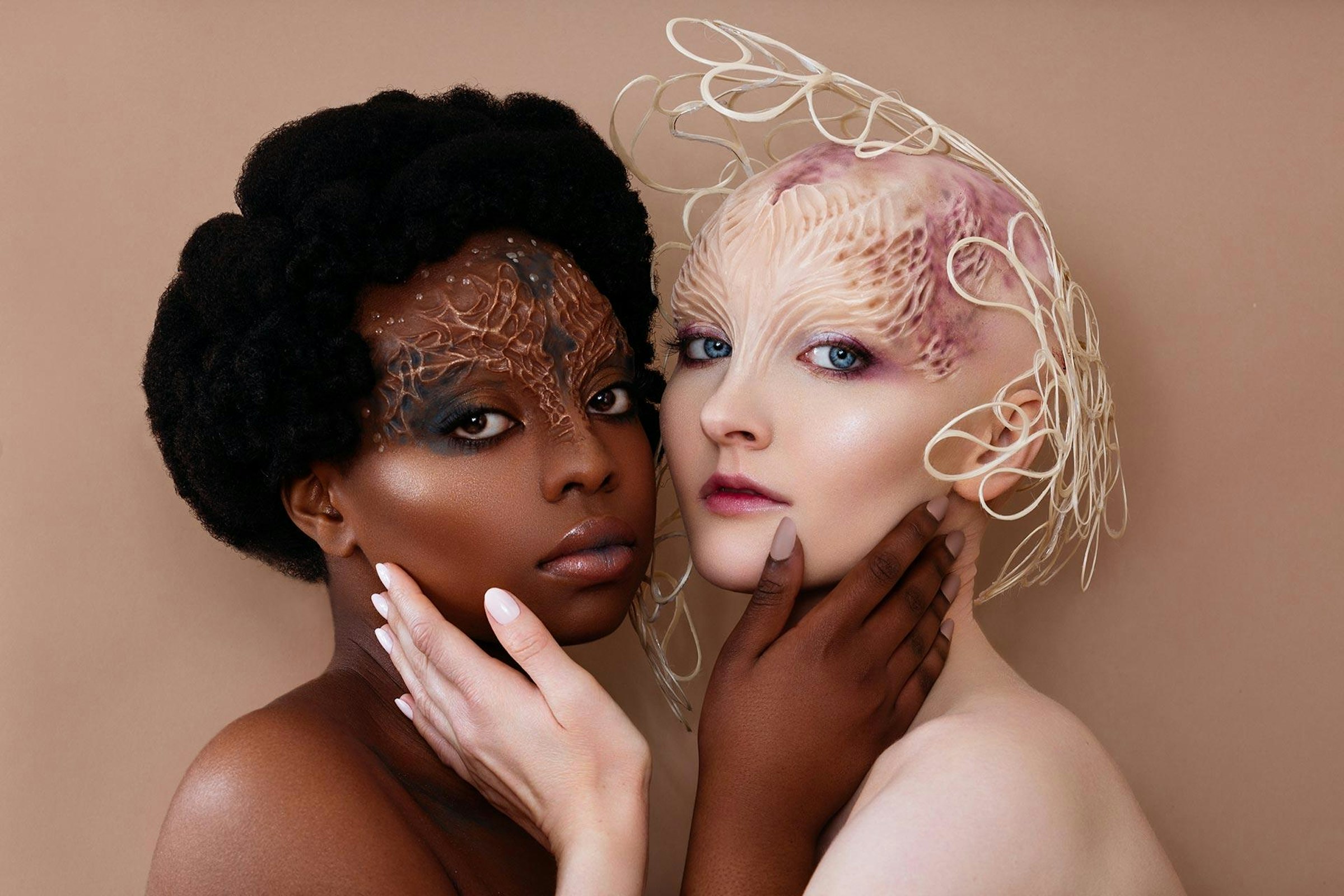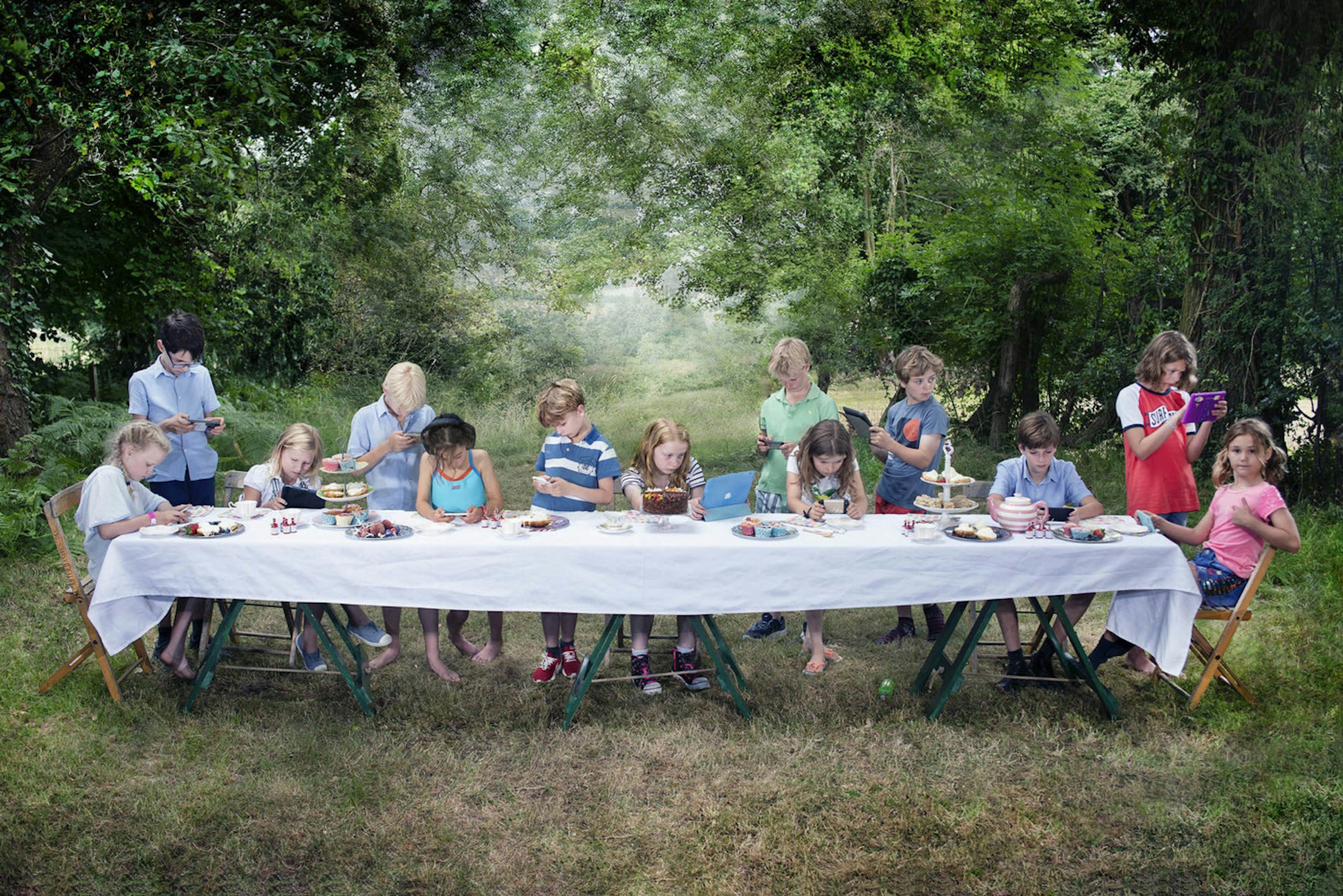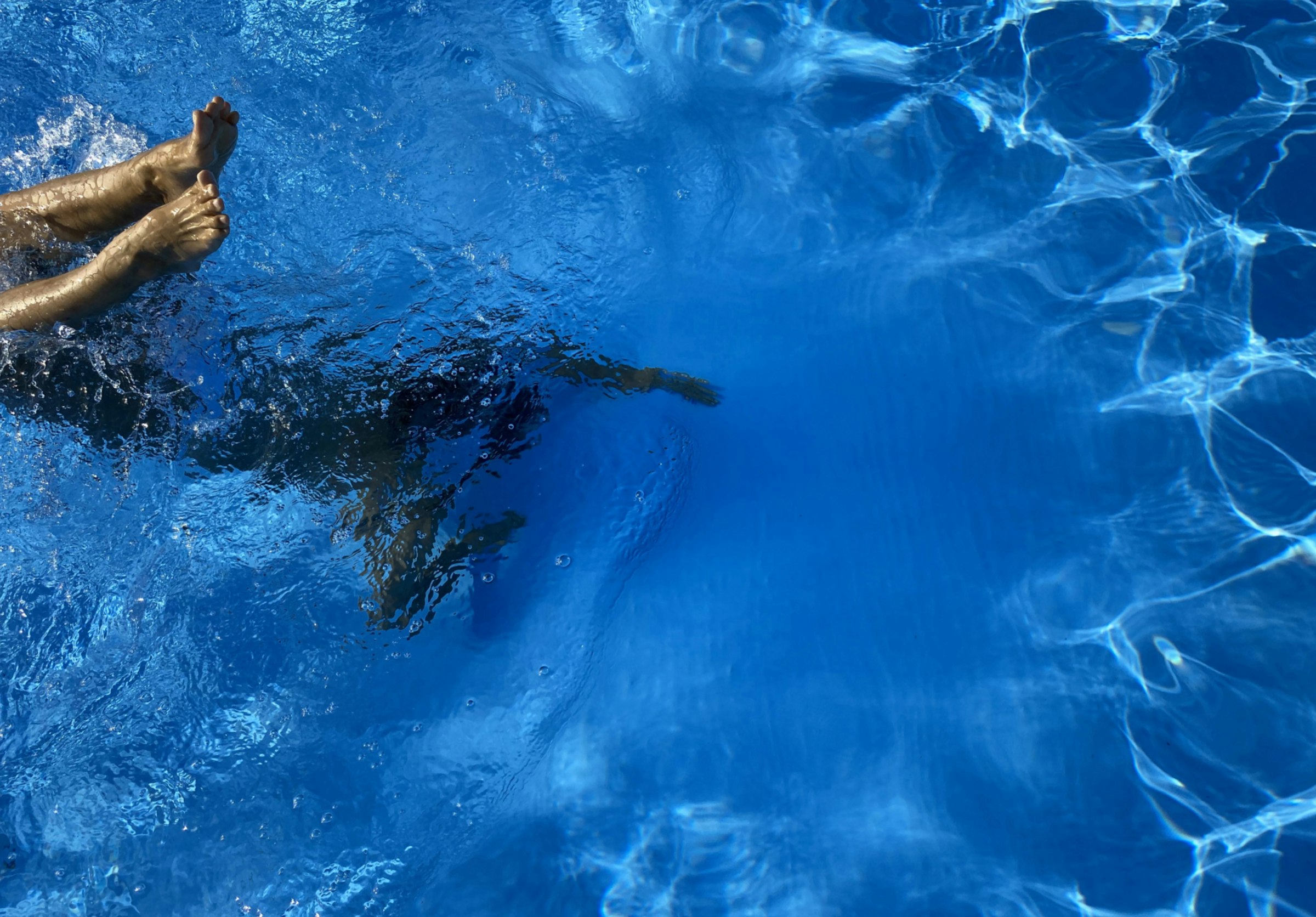You are using an outdated browser. Most of this website should still work, but after upgrading your browser it will look and perform better.
- Home
- Postgraduate Courses
- MA Graphic Design
MA Graphic Design
- Mode of study: Full- or part-time
- Study location: AUB Campus
- How to apply: Apply directly to us

Overview
MA Graphic Design encourages designers to explore ways of developing understanding between co-communicators.
This course can be studied full- or part-time from September or full-time from January.

Interrogate your practice at the cognitive level.
This course approaches all forms of graphic design as triggers for thinking and feeling. You’ll explore how such things as metaphor, and the framing and blending of ideas, drive communication.

Learn via self-initiated research and experimentation.
You’ll be encouraged to engage with the world, and find insights that generate understanding and guide positive action.
Course gallery
Looking to be inspired? Explore our gallery below to discover some of the work created by MA Graphic Design students and graduates.
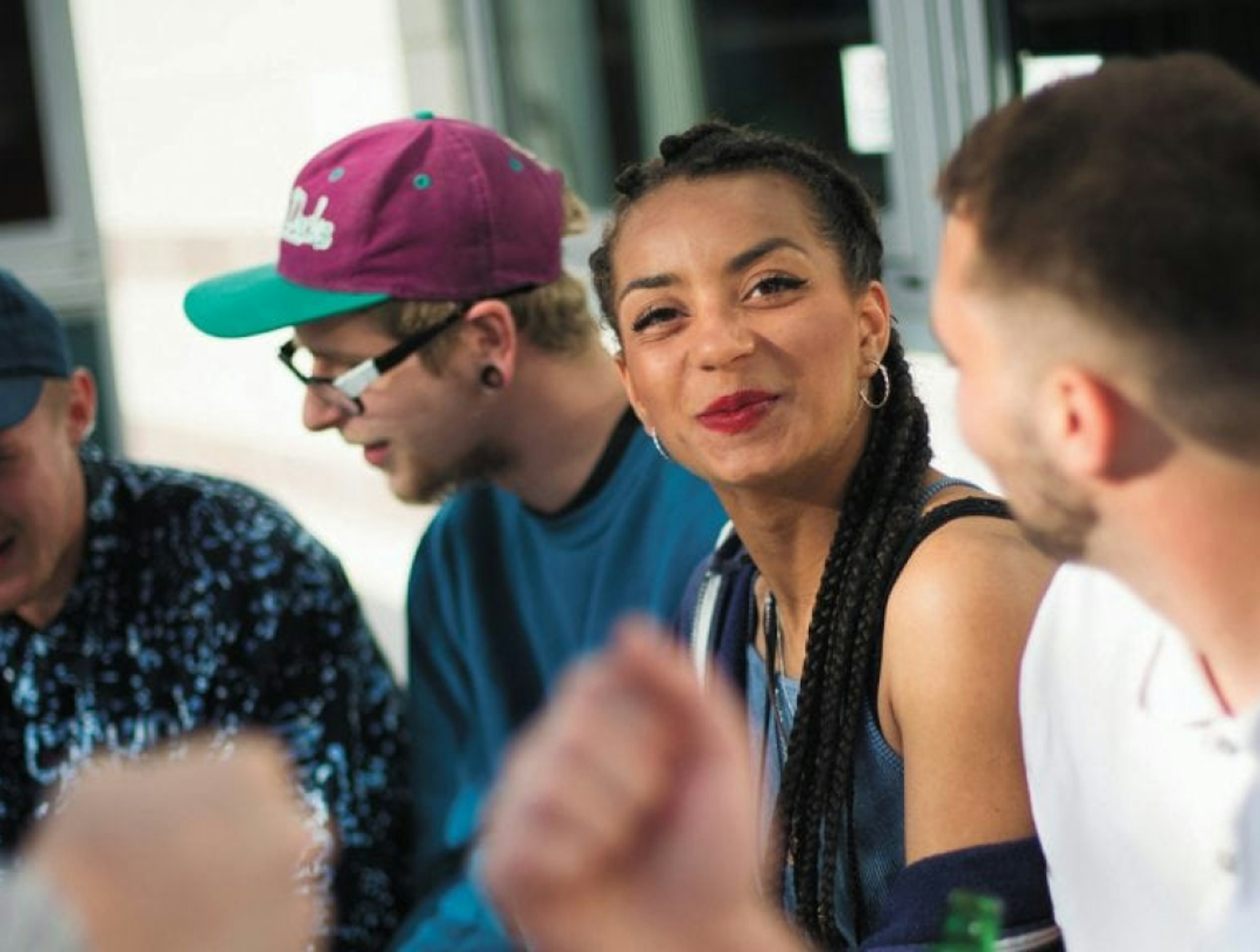
Chat to a student
Our student ambassadors are here to answer any questions you might have on university life, our courses and all things AUB.
Chat on Unibuddy


